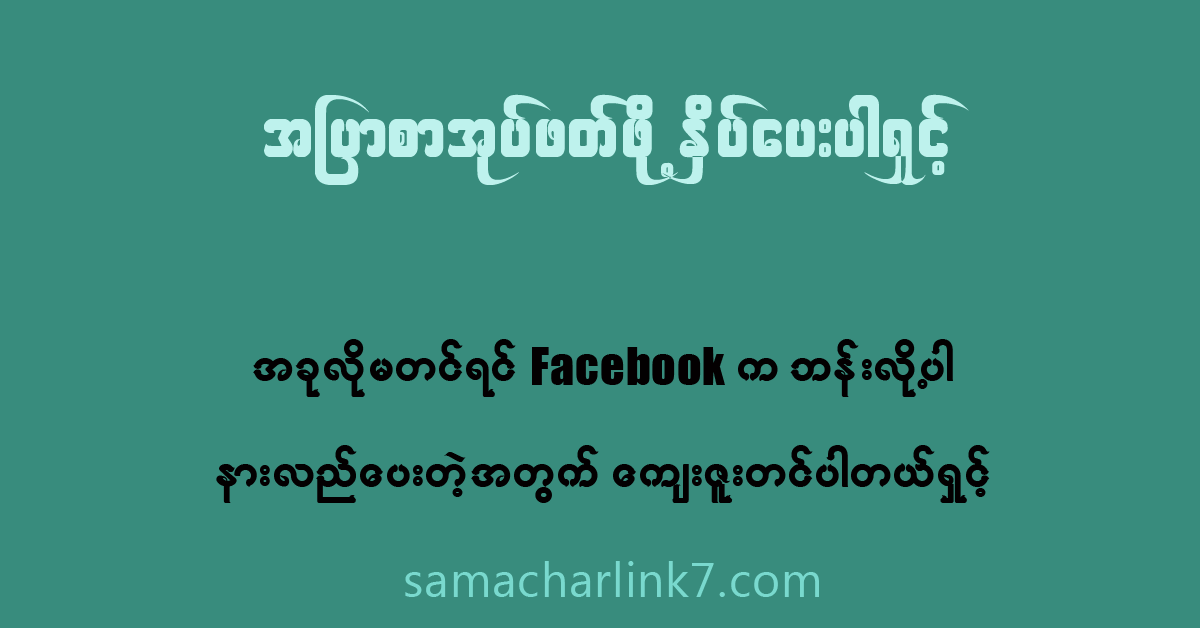
In today’s interconnected world, language barriers can be a significant hurdle in communication. Whether for business, travel, or personal interactions, real-time translation has become essential. Thanks to Artificial Intelligence (AI), the translation industry is undergoing a massive transformation. AI-powered tools are making real-time translation faster, more accurate, and accessible to everyone.
The Evolution of Real-Time Translation
Before AI, translation was primarily dependent on human translators and traditional dictionary-based software. While effective, these methods were slow and often costly. AI-driven real-time translation has revolutionized the process by leveraging machine learning and natural language processing (NLP) to deliver accurate translations instantly.
How AI Improves Real-Time Translation
Faster and More Accurate TranslationsAI-powered translation tools, such as Google Translate and Microsoft Translator, use deep learning to understand context, grammar, and sentence structure. This results in more accurate translations that go beyond word-for-word conversion.
Contextual UnderstandingUnlike traditional translation tools, AI systems analyze context and tone, reducing errors and misinterpretations. This is especially useful in business meetings, where accurate communication is critical.
Multi-Language SupportAI-powered translation services can handle multiple languages simultaneously, making them useful for global businesses, travelers, and international conferences.
Voice and Text IntegrationAI-driven tools now offer speech-to-text and text-to-speech capabilities, allowing real-time voice translations. This feature is particularly beneficial for travelers and professionals conducting multilingual conversations.
Offline FunctionalityMany AI translation tools now offer offline features, enabling users to communicate without needing an internet connection. This is especially helpful in remote areas or while traveling.
Real-World Applications of AI in Translation
Business and International Trade: Companies use AI-driven translators for seamless communication with international clients, reducing the need for human translators.
Healthcare: Doctors and medical professionals use AI translation tools to communicate with patients who speak different languages.
Education: Students and educators use AI translators to access study materials in various languages.
Tourism and Travel: Travelers rely on AI translation apps to navigate foreign countries without language barriers.
The Future of AI in Real-Time Translation
AI is constantly improving, and future advancements will make real-time translation even more seamless. Enhanced neural networks, better voice recognition, and more refined contextual understanding will bring human-like accuracy to AI translations.

